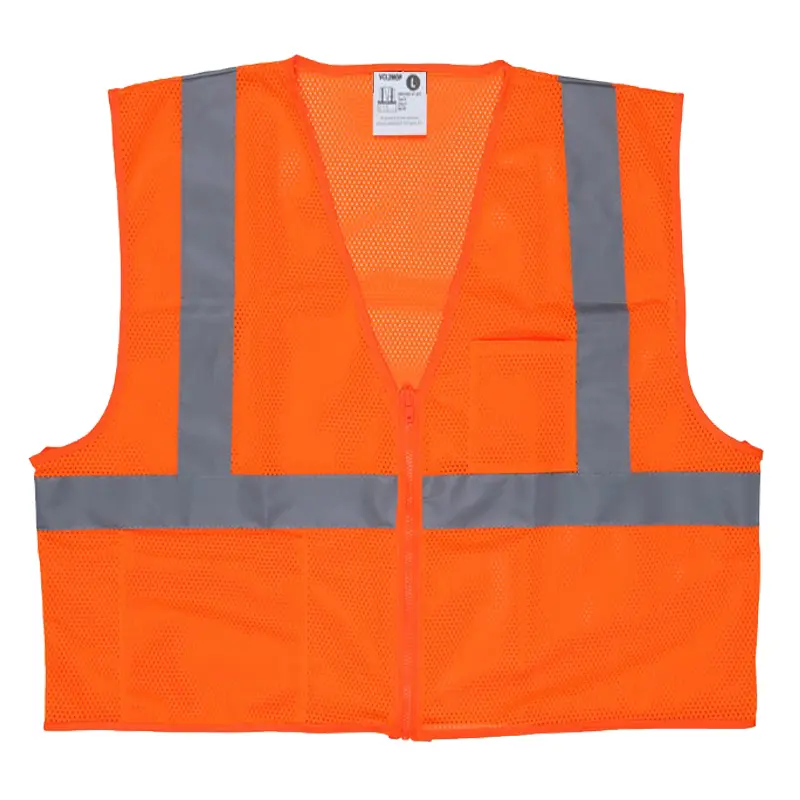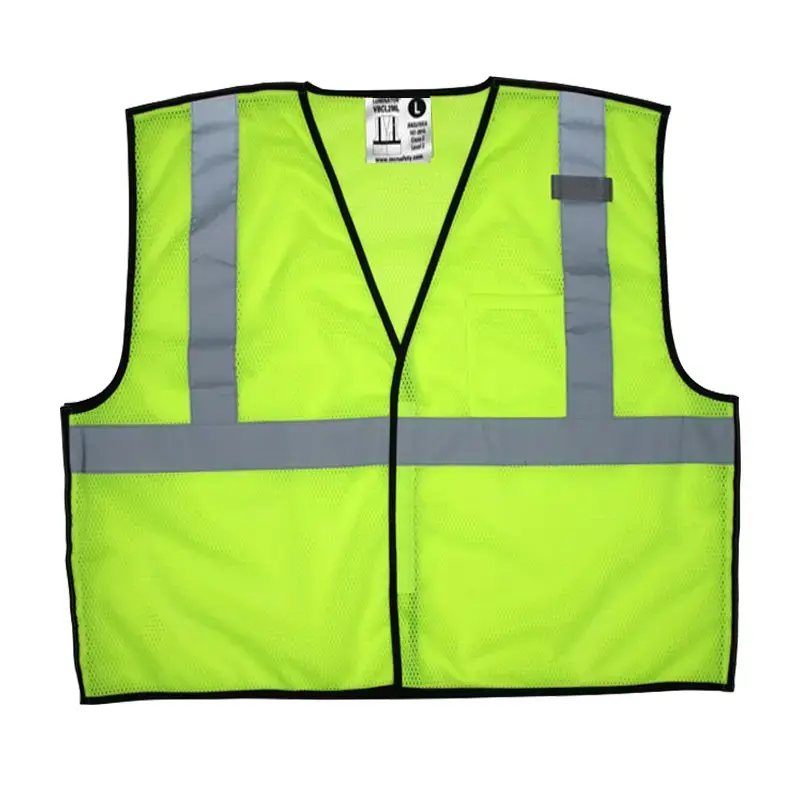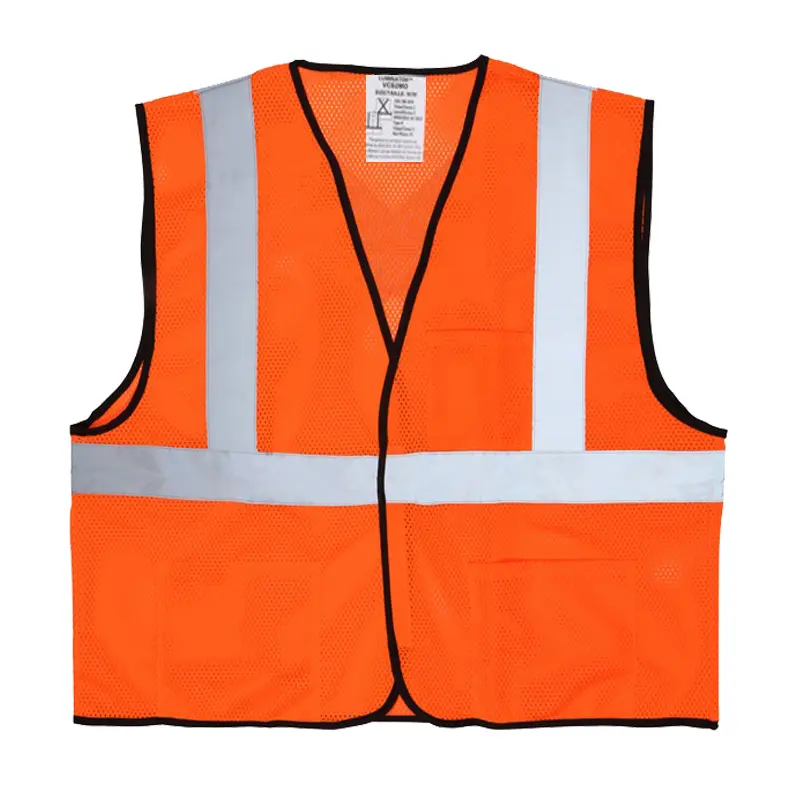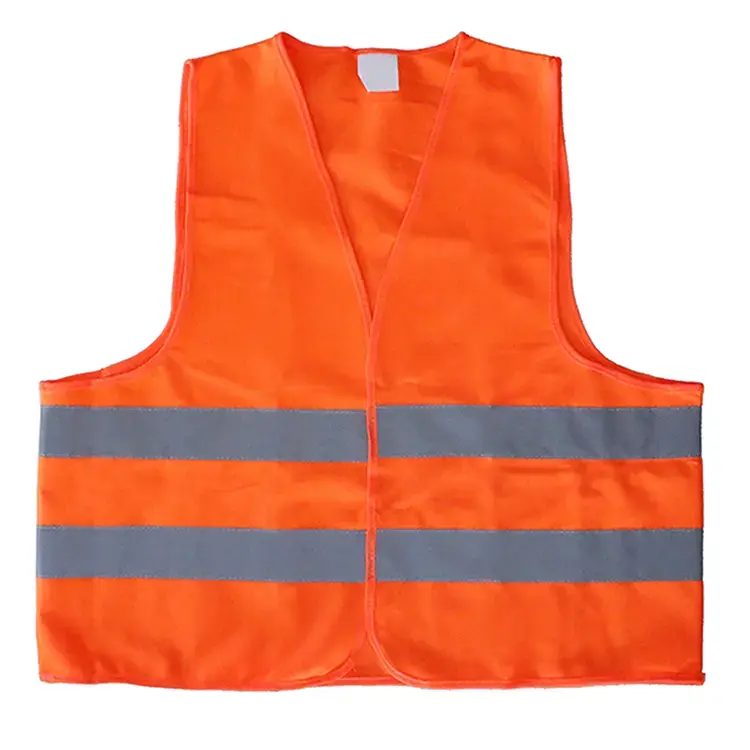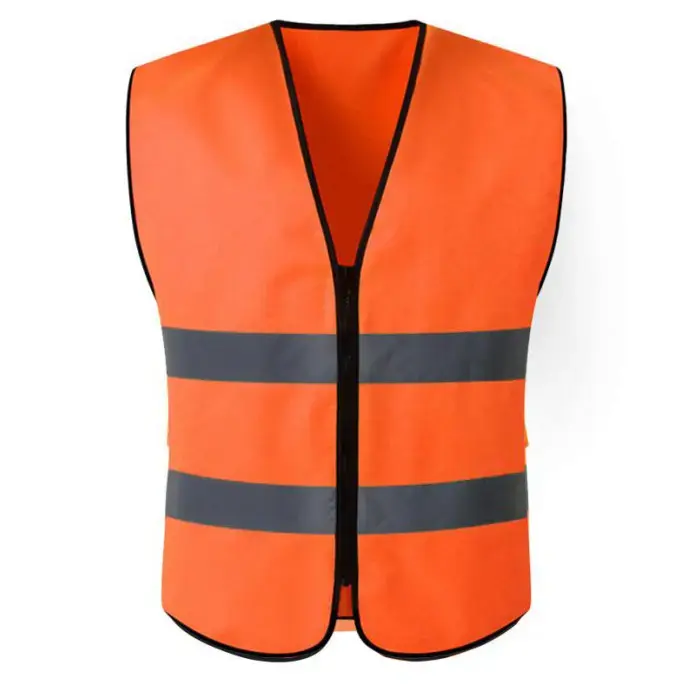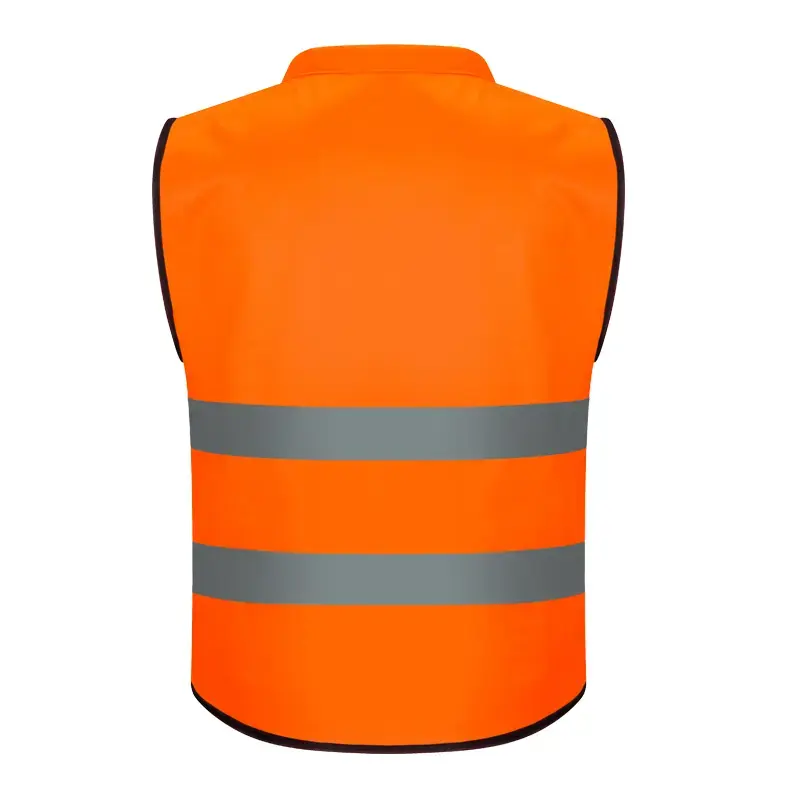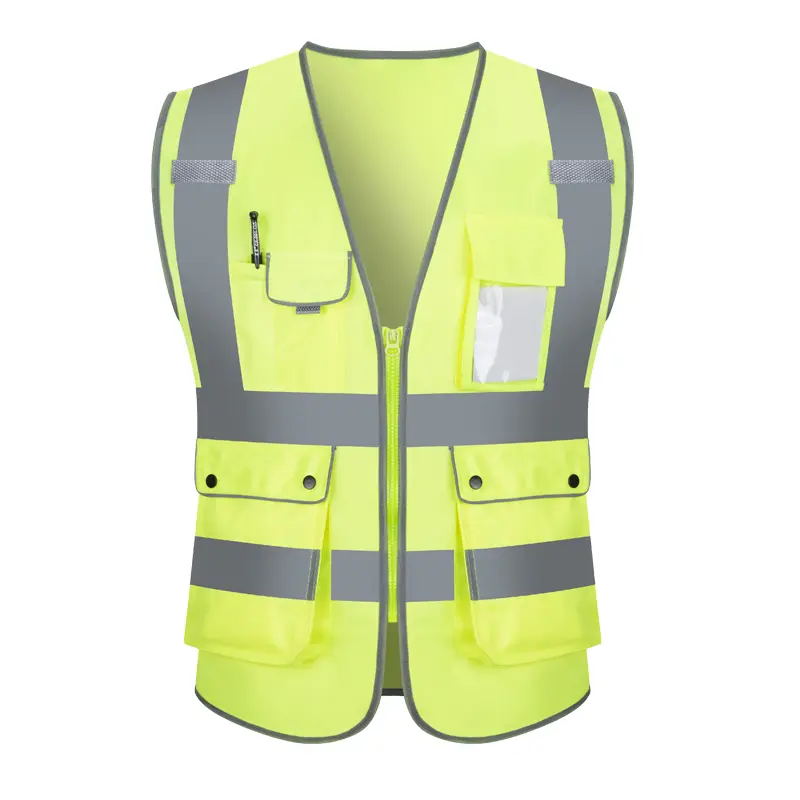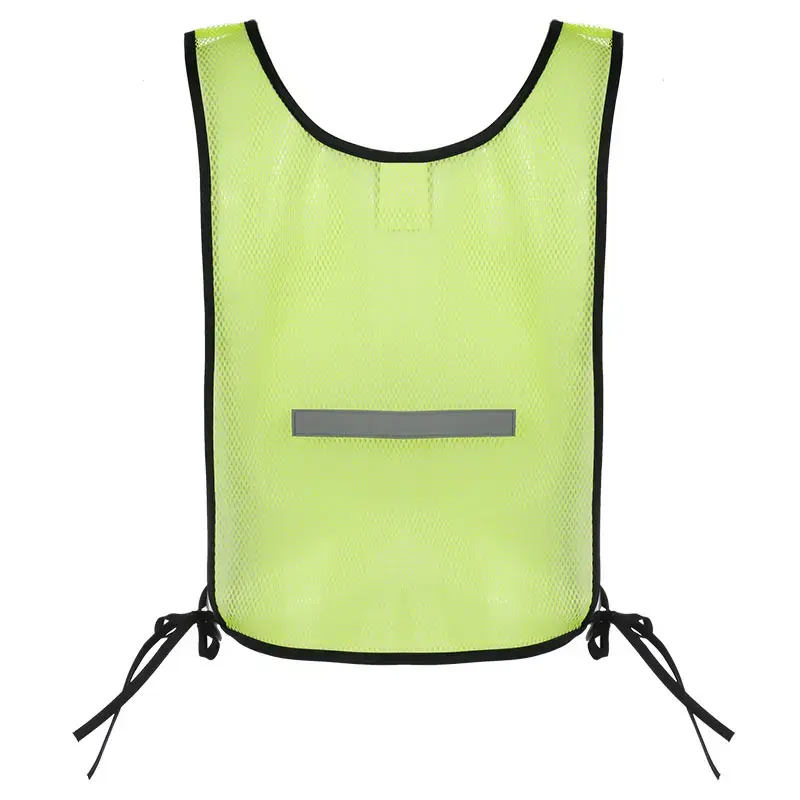What types of work do reflective vests of different colors represent?
Reflective Vests are an essential component of safety gear across various industries. They serve a critical purpose in enhancing visibility and ensuring the safety of individuals working in environments where they may be at risk of accidents. However, not all reflective vests are created equal; they come in different colors, each representing specific roles, responsibilities, and levels of visibility. In this blog, we will explore the various types of work that different colors of reflective vests represent, their significance, and the regulations surrounding their use.
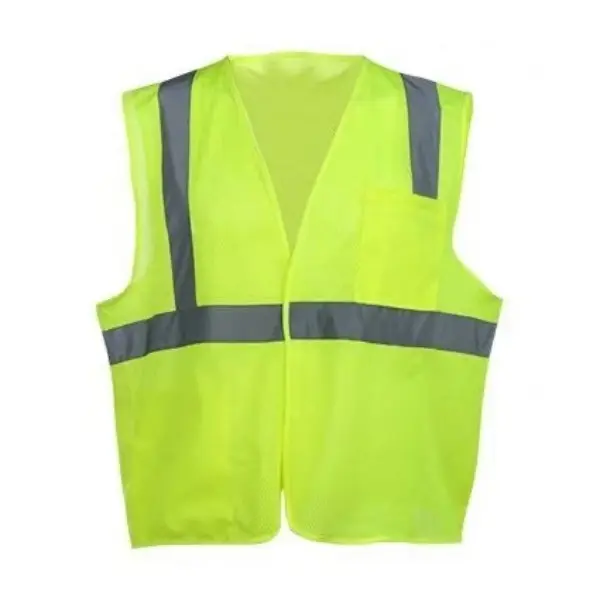
Table of Contents
Introduction
The Importance of Visibility in the Workplace
Overview of Reflective Vests
Color Coding of Reflective Vests
4.1. Yellow Reflective Vests
4.2. Orange Reflective Vests
4.3. Green Reflective Vests
4.4. Red Reflective Vests
4.5. Blue Reflective Vests
4.6. Pink Reflective Vests
Industry-Specific Uses of Reflective Vests
5.1. Construction Industry
5.2. Roadwork and Traffic Control
5.3. Emergency Services
5.4. Event Management
5.5. Warehousing and Logistics
1. Introduction
Reflective vests are more than just a fashion statement; they are a vital safety tool designed to protect individuals in various work environments. The colors of these vests are not arbitrary; they convey important information about the wearer’s role and the level of visibility required in their specific job. Understanding the significance of these colors can help employers and employees alike ensure safety and compliance in the workplace.
2. The Importance of Visibility in the Workplace
Visibility is a critical factor in workplace safety, especially in environments where workers are exposed to moving vehicles, heavy machinery, or hazardous conditions. Reflective vests enhance visibility by reflecting light, making it easier for others to see the wearer, especially in low-light conditions. This increased visibility can significantly reduce the risk of accidents and injuries.
3. Overview of Reflective Vests
Reflective vests are typically made from lightweight, breathable materials and feature reflective strips that enhance visibility. They come in various styles, including sleeveless, long-sleeved, and with pockets for added functionality. The choice of color and design often depends on the specific requirements of the job and the regulations governing safety gear in that industry.
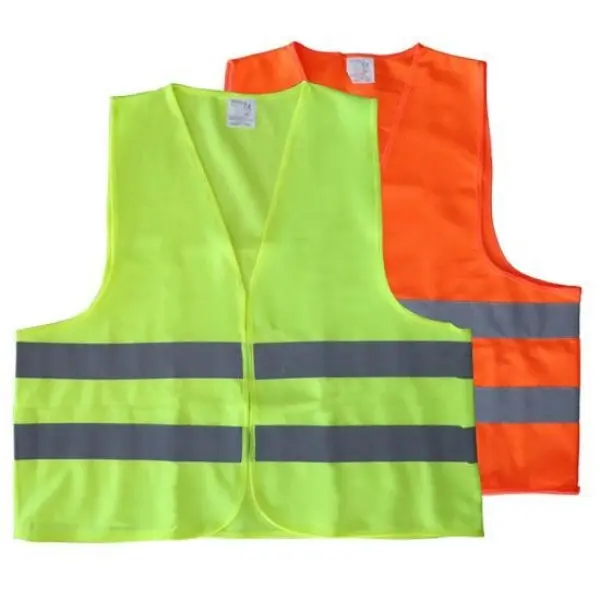
4. Color Coding of Reflective Vests
4.1. Yellow Reflective Vests
Yellow is one of the most common colors for reflective vests. It is often associated with high visibility and is used in various industries, including construction, roadwork, and event management. Yellow vests are typically worn by:
Construction Workers: To ensure they are visible to drivers and machinery operators.
Traffic Control Personnel: To direct traffic safely and effectively.
Event Staff: To help attendees easily identify staff members.
4.2. Orange Reflective Vests
Orange is another highly visible color, often used in situations where safety is paramount. Orange reflective vests are commonly worn by:
Road Workers: To alert drivers to their presence in construction zones.
Emergency Responders: Such as police officers and firefighters directing traffic at accident scenes.
Utility Workers: Who may be working near roadways or in hazardous conditions.
4.3. Green Reflective Vests
Green reflective vests are less common but are used in specific contexts. They are often associated with:
Environmental Workers: Such as those involved in forestry or wildlife management.
Safety Inspectors: Who may need to be easily identifiable while conducting inspections in various environments.
4.4. Red Reflective Vests
Red reflective vests are typically used in emergency situations. They are often worn by:
Emergency Medical Technicians (EMTs): To ensure they are visible while providing assistance at accident scenes.
Firefighters: When working in hazardous environments where visibility is crucial.
4.5. Blue Reflective Vests
Blue reflective vests are often associated with specific roles, such as:
Security Personnel: Who need to be easily identifiable in crowded environments.
Parking Attendants: To manage traffic flow and assist drivers.
4.6. Pink Reflective Vests
Pink reflective vests are less common but are sometimes used in specific contexts, such as:
Breast Cancer Awareness Events: To promote awareness and support for the cause.
Special Events: Where a unique color is needed to distinguish staff from attendees.
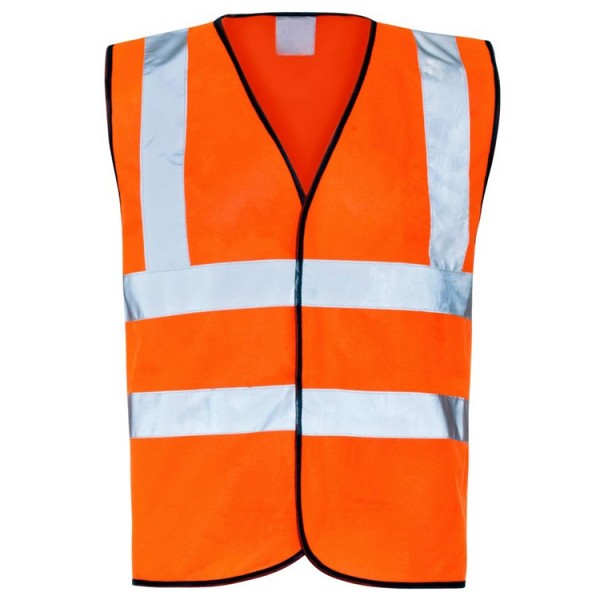
5. Industry-Specific Uses of Reflective Vests
5.1. Construction Industry
In the construction industry, safety is paramount. Workers are often exposed to heavy machinery, moving vehicles, and hazardous materials. Reflective vests, particularly in yellow and orange, are standard attire to ensure that workers are visible to operators and drivers. Regulations often mandate the use of high-visibility clothing on construction sites to prevent accidents.
5.2. Roadwork and Traffic Control
Roadwork and traffic control personnel play a crucial role in maintaining safety on the roads. Reflective vests in bright colors, such as orange and yellow, are essential for these workers. They help alert drivers to the presence of workers and potential hazards, reducing the risk of accidents in construction zones.
5.3. Emergency Services
Emergency responders, including police officers, firefighters, and EMTs, often wear reflective vests to ensure they are visible while performing their duties. The use of red and orange vests helps them stand out in emergency situations, allowing them to direct traffic and provide assistance safely.
5.4. Event Management
At large events, such as concerts, festivals, and sporting events, staff members often wear reflective vests to help attendees identify them easily. Yellow or orange vests are common in these settings, ensuring that staff can assist attendees and manage crowds effectively.
5.5. Warehousing and Logistics
In warehouses and logistics centers, workers are often required to wear reflective vests to enhance visibility in busy environments. This is especially important in areas where forklifts and other machinery are in operation. The use of reflective gear helps prevent accidents and ensures a safer working environment.

